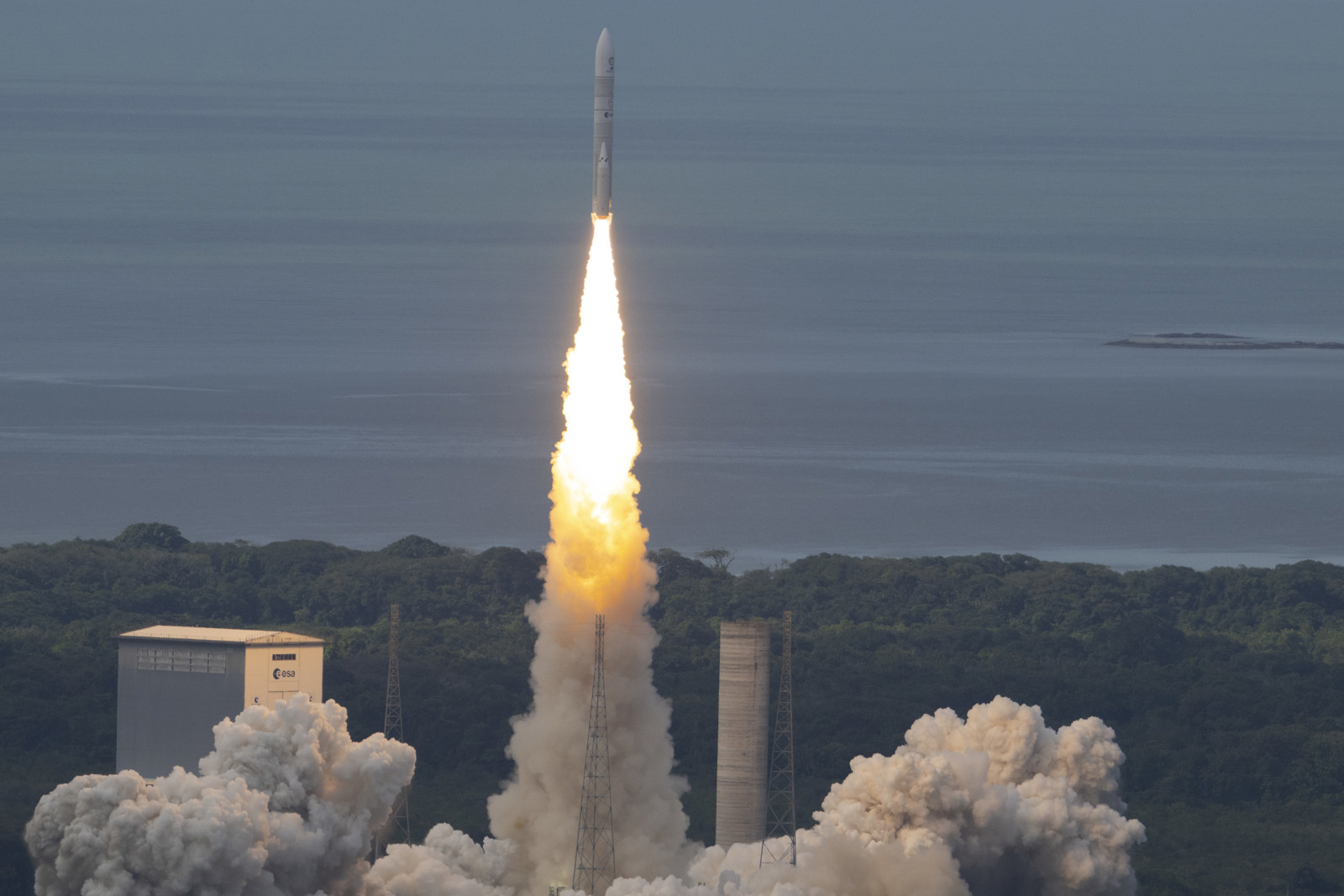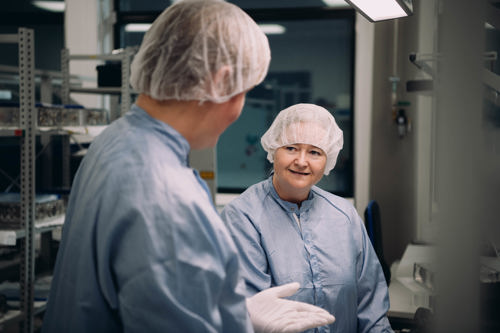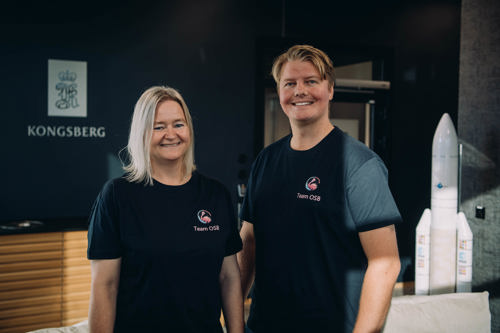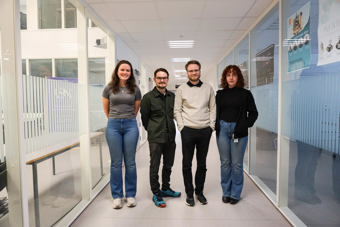French Guiana, July 9, 2024, 16:00 local time.
At Europe’s Spaceport, Ariane 6 - Europe’s new heavy-lift rocket - stands ready for its inaugural flight.
All eyes are on the launch, including those of an excited team of KONGSBERG engineers.
Ariane 6 takes flight:
A new dawn for European space exploration
With an estimated success rate of 50-70% for inaugural flights, the Ariane 6 launch is a milestone for the history books. Through the maiden flight of Europe’s next-generation Ariane rocket, European access to space has been fully restored. Kongsberg Defence & Aerospace (KONGSBERG) is proud to be a key industrial partner in this achievement.







